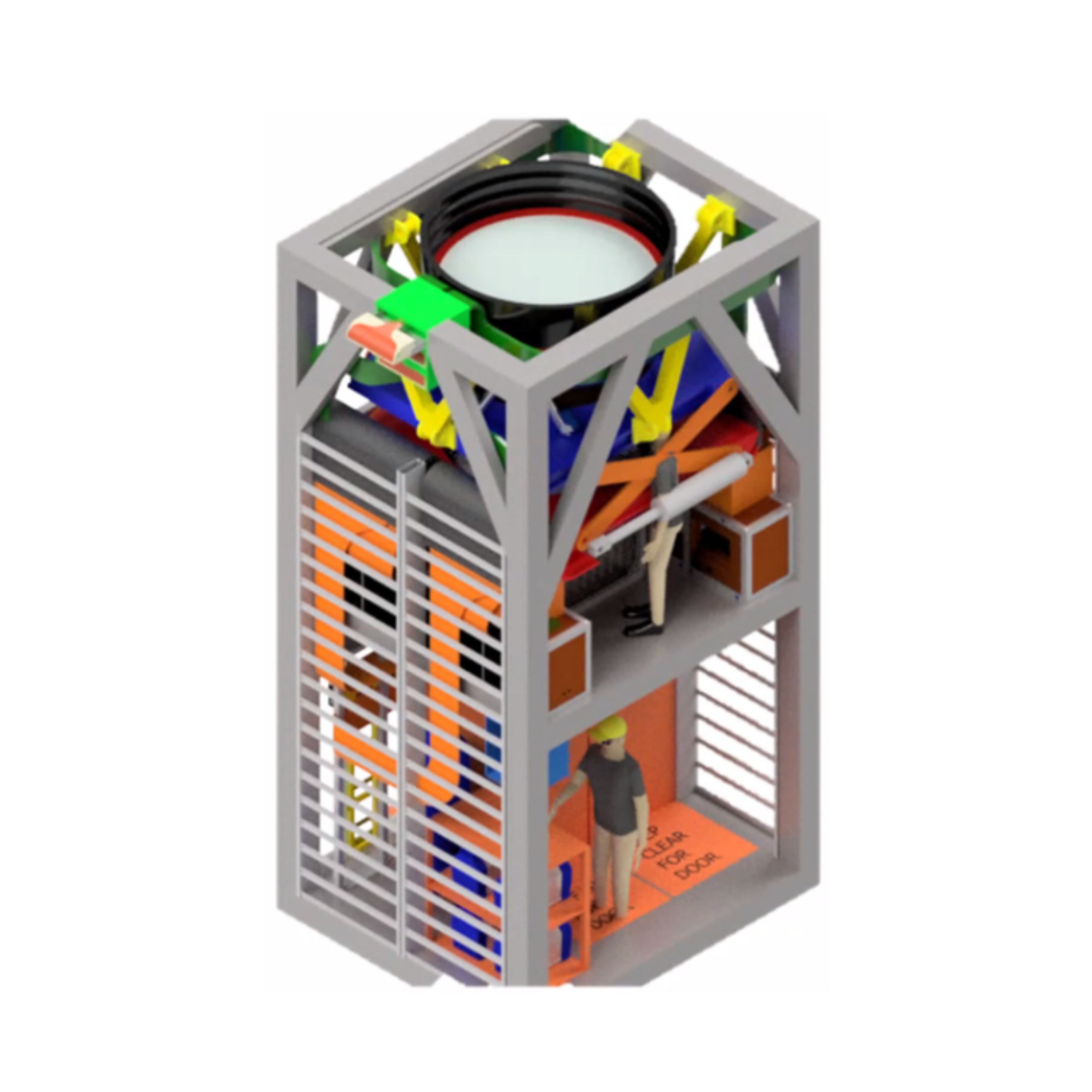
MANIFEST
The Many-Instrument Fiber System - MANIFEST is a facility robotic fiber positioning system that will make the GMT’s full 20 arcminute field of view accessible to any visible or near-IR spectrograph. The fiber complement (single fiber, IFU bundle, or image slicer) can be defined separately for each instrument and is deployed by autonomous, mini-robots called “starbugs”. The starbugs can be reconfigured over the full field of view in 2–3 minutes and positioned with a minimum center-to-center spacing of 10 arcseconds with an accuracy of 0.01 arcseconds. The first instruments to integrate with MANIFEST will be the G-CLEF and GMACS, which are designed for use with MANIFEST and could be operated simultaneously.
Science with MANIFEST
MANIFEST’s modes and science cases are summarized in the Table below. With G-CLEF, MANIFEST will provide multiplexing for velocity and chemical abundance surveys (e.g., galactic clusters, nearby dwarf galaxies) that would not be practical for a single object spectrograph. With GMACS, image-slicer fiber bundles will double or triple the typical spectral resolving power of R~2,000 to R~5,000, thereby opening new areas of science to GMACS observers. MANIFEST will allow the GMT to be a uniquely efficient facility for observations addressing IGM tomography, galaxy formation, chemical composition, and history of Local Group stars and galaxies.
Some characteristics for MANIFEST are:
GMTBrO participation in MANIFEST
MANIFEST (the Many Instrument Fiber System) is the proposed fiber-positioner for the GMT, capable of feeding one or multiple instruments as needed. The GMT Brazil Office is currently involved in the Systems Engineering of the instrument, as well as part of its Mechanical engineering activities -- namely, the fiber cradle deployer, and its interface with the GMACS spectrograph.
The MANIFEST team was engaged during the years of 2019 and 2020 in a Prototyping Design Study with the aim to develop a Starbug–based positioning system for the TAIPAN instrument on the UK Schmidt Telescope (located in Siding Spring Observatory, Australia). TAIPAN is a precursor of MANIFEST with 150 fibers, whose testing and commissioning will validate the use of starbugs technology. In addition the team aims at prototyping MANIFEST–type fiber carriers (Starbugs, which contrary to TAIPAN, operate against gravity in an inverted orientation). The testing and commissioning activities for TAIPAN are ongoing and they have rendered a deeper understanding of the instrument behavior in an operating environment. In parallel, the first MANIFEST–type starbug was built and its inverted adhesion successfully tested. In August 2019, the MANIFEST team visited all the U.S. collaborators, holding meetings at TAMU, GMTO and SAO to work on interfaces with GMACS, GMT and G-CLEF, respectively. Members of the GMTBrO SE team participated in each of these meetings.
Since 2018, the Systems Engineering activities of GMTBrO in MANIFEST focused on the deliveries necessary for the pre-Conceptual Design Review (pre-CoDR), which happened in April 2020. An important emphasis was given on interfaces, and continuity is expected through a constant communication between MANIFEST and other instrumentation teams.
GMTBrO delivered important SE documents related to MANIFEST pre-CoDR, that occured on April 2020 virtually. Namely, they are i) Instrument-Level Requirements; ii) MFS-GMT ICD; iii) MFS-GMACS ICD; iv) Science Requirements; v) Operational Concept Description Document.
Recently, MANIFEST was also approved in the CoD phase 1, to which GMTBrO team was responsible for the Requirements Management. There is a desire to continue the GMTBrO partnership for the MANIFEST CoD 2 development phase. The start of this next phase will depend on the GMTO schedule and resources availability.
GMTBrO 2025